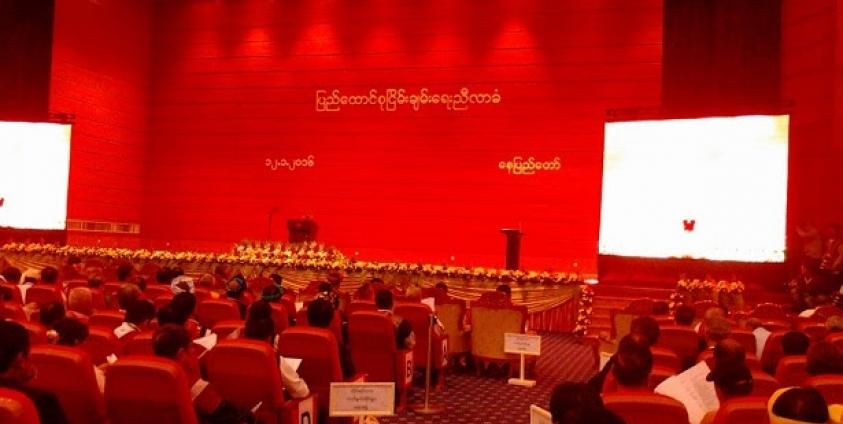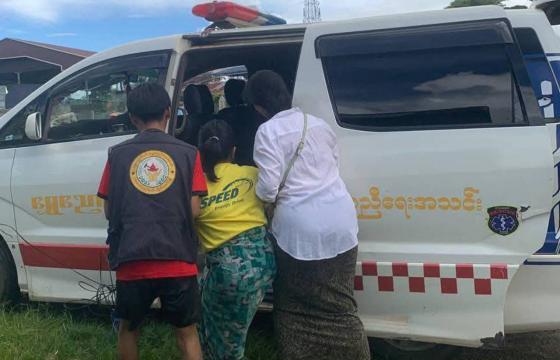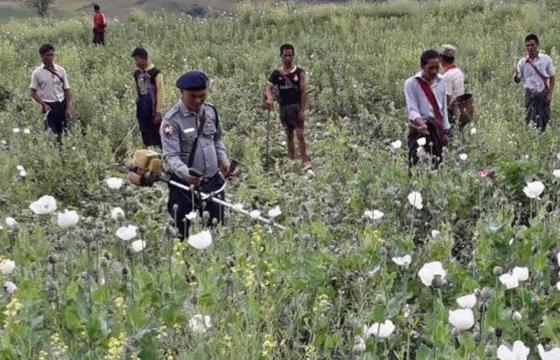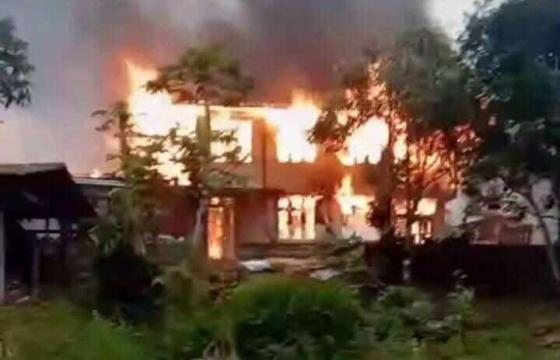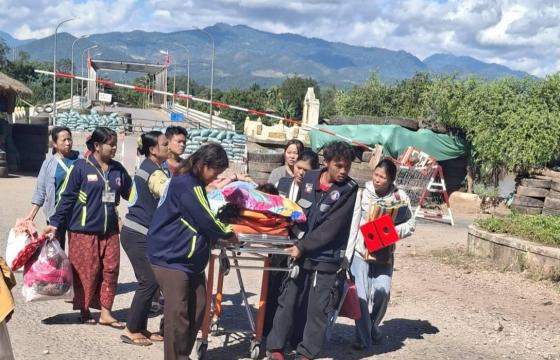Ethnic Pa-O, Shan-ni, Ta’ang and Wa representatives demanded self-administrated states at the Union Peace Conference in Naypyitaw last Thursday, 14 January.
During the five-day meeting in Naypyidaw, U Sai Paung Nub, a Wa Democratic Party (WDP) representative, asked for a Wa state to be set up in six northern and eastern Shan State townships, which, according to the 2008 constitution, have a Wa majority.
He said: “Wa people live in many places, such as Lashio, Tangyan and Keng Tung. There are also Wa people in eastern Shan State in Mongton Township and Mongsat District, therefore, we are demanding that these areas become a Wa autonomous state.”
The sentiments were supported by the Pa-O, who have had a designated Pa-O Self-Administered Zone in the southern Shan State townships of Hsihseng, Hopong and Panglaung since 2010.
Colonel Khun Okkar, the chairman of the Pa-O National Liberation Organisation (PNLO) said: “What we are demanding is not for only Pa-O people, but also for other ethnic groups to be recognized as [having the right to] self-administrated states, this includes the Wa and Ta’ang people.”
Ethnic Ta’ang (also known as Palaung) majority townships of Namhsan and Manton in northern Shan State have been designated as a self-administered zone. However, representatives from the Ta’ang National Party (TNP) requested that a separate Ta’ang State be formed in other parts of Shan State where Ta’ang people live.
The Shan-ni, or Red Shan also demanded, through their party the Tai-Leng Nationalities Development Party (TNDP), a self-administrated Shan-ni state comprised of parts of Kachin State and Sagaing Division.
“Instead of splitting into states, why we don’t help each other and work together based on the principles of the Panglong Agreement?” asked Sai Leik, a spokesperson for the Shan Nationalities League for Democracy (SNLD), citing the landmark 1947 accord promising autonomy and equality to Burma’s ethnic nationalities.
As to why this conflict might have developed, Sai Leik attributed it to the fact that “the ethnic nationalities who formed the union have never had their rights honoured.”
The Union Peace Conference, which was held from 12 to 16 January marked the beginning of political dialogue between the Burmese government and the country’s eight ethnic armed organisations (EAOs) who signed the controversial Nationwide Ceasefire Agreement (NCA) in October 2015.
The meeting was attended by over 1000 representatives from the EAOs, government, parliament, military, political parties, civil society organizations and international representatives. Over 100 civil society organizations boycotted the event to protest against the ongoing conflict and the NCA not being inclusive because many EAOs did not sign it.
By SAI AW / Shan Herald Agency for News (S.H.A.N)
Edited in English by Mark Inkey for BNI


